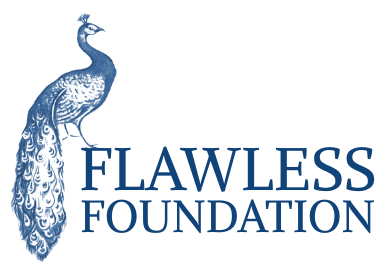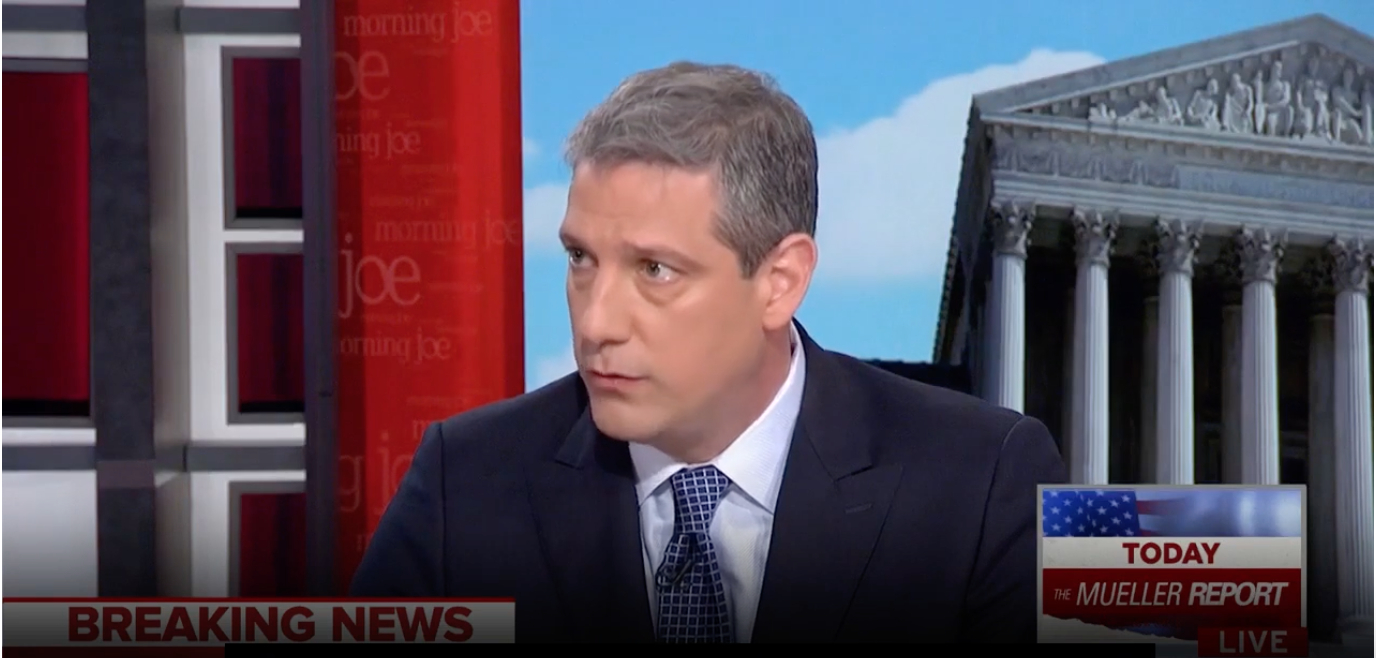Teachers go into education with eyes wide open, aware of its many challenges. They know that the pay might be low, the hours long, the to-do lists seemingly endless, and that they may have to toe the line between caregiver and educator for many students. Until recently, however, teachers wouldn’t begin their careers thinking that they might be called to stand between their students and death.
Last week, the entire Denver public school system shut down after a high school student who was obsessed with the Columbine shooting flew from Florida to Colorado to buy a pump action shotgun. After seeing this on the news, I immediately called my friend Kristen, who is a first-year teacher in Denver.
Kristen spoke of how surreal it felt to be home from school for something that was making national headlines. But her primary concern was for her students. She explained that her class was in the middle of state testing, and drawing out the process due to school closure would make them even more anxious. Not only that—many of her students received two of their meals for the day at school, and she was concerned about them going hungry.
As Kristen shared her experiences, it reminded me once again of how much stress teachers and students face on a regular basis, due to growing concerns about school safety. As we talked, I reflected on the many ways that teachers like Kristen are not being provided with appropriate training and resources to ease the traumatic effects of school violence—and the fear and insecurity that is the byproduct of increased security measures.
Kristen is twenty-three years old. She did not major in education, but realized it was her calling just a semester before graduating. She completed an accelerated training program before diving right into one of the most important professions for the future of our society. It has been a year of challenges and learning, but one terrible day will be forever sealed in her mind.
Schools in Kristen’s district are required to have a lockdown drill each semester. These drills are always unannounced, the reasoning behind it being that the only way to truly prepare teachers is by recreating the conditions of a real lockdown. Early in October, Kristen was conducting her usual lessons, when, as she described it, “an unfamiliar voice” came over the PA, claiming that the school was now under lockdown. The voice over the PA instructed school personnel to secure the doors and hide away from the windows. No one—under any circumstance—was to come out of hiding, until the lockdown was lifted and the school reported safe.
Kristen immediately turned to her students, hoping their expressions would somehow communicate understanding that this was a drill and not a real emergency. Instead, they stared at her blankly, waiting for instructions. She frantically herded her twenty-six fifth graders into the only closet in the room, squeezing them in among the shelves and tables.
The horror of that day was fresh in Kristen’s voice as she recounted these events to me months later. “I turned off the lights in the closet, told them to take a seat and to remain quiet,” she wrote in an email to me. “I could not see a single student’s face. I brought out my phone, hoping I had received a text from a coworker or administrator reassuring us that it was in fact a drill. As my phone’s glow lit up the tiny room, I realized my hand was visibly shaking, and how absolutely terrified I was. I scanned my messages and emails but there was no service in the closet. That is when panic set in. I thought: What if this is real? What if there is an armed shooter in my building? What if they come to my room? What if I forgot to do something that is supposed to make our room look abandoned? What if they came to the closet? What would I do? My mind kept racing and switched into planning mode. How could I calm the shooter down? How could I protect my kids and myself?”
When the drill finally ended and the lights came back on, it was evident to Kristen that many of her students had been crying. They were all visibly shaken. Many of them shared that they had feared for their lives.
The first thought Kristen had when she got out of the closet was Why? Why did her students have to go through that horrifying experience? Why, as a first-year teacher, should she be put to the test like that? Why should any teacher be put to a test like that?
Since that day, Kristen’s biggest fear has been a school shooting.
Other educators I’ve talked to have shared similar experiences. A common thread is the lack of support they and their students receive after these disturbing events..
Due to safety concerns, the culture of our schools has changed dramatically in a very short period of time, and our schools have struggled to keep up with increasing demand for psychological services. What we—as a society—are requiring of faculty and staff in today’s schools is nothing short of heroic. If we are to foster growth and a healthy climate in our schools, we must do better at helping them navigate and cope as they shoulder this burden.
Unfortunately, we cannot guarantee absolute safety, not in our schools—or anywhere. The question then becomes: how can we create an environment where children feel safe, when we also need to prepare them for the worst? It is critical that students learn tools for emotional regulation and have a forum to discuss their emotions on a daily basis, especially in the aftermath of traumatic events. Likewise, support systems need to be in place to help teachers and parents deal with these issues as well. We must have resources available for every child and adult so that they can cope effectively with the fears and stressors that come with being part of an educational community in these modern times.
We know what to do – we just need to join forces to make timely and radical change. Emotional intelligence training must be a mandated part of teacher and parent education programs, as well as ongoing professional development. Our schools need to become trauma informed in every aspect of planning and implementation. Shouldn’t it be a right for every single member of a school family to feel that they can breathe freely and thrive from 8 AM to 3 PM?
Just this past week, Congressman Tim Ryan had a powerful call to action about prioritizing social and emotional learning in our schools. Let’s follow his lead and make this a top priority — the welfare of our students and our society depends on it!
Click here to be inspired by Congressman Ryan’s call to action:








